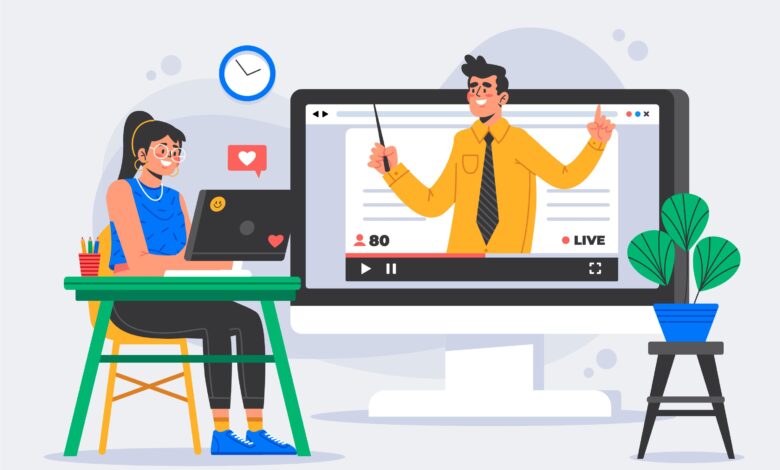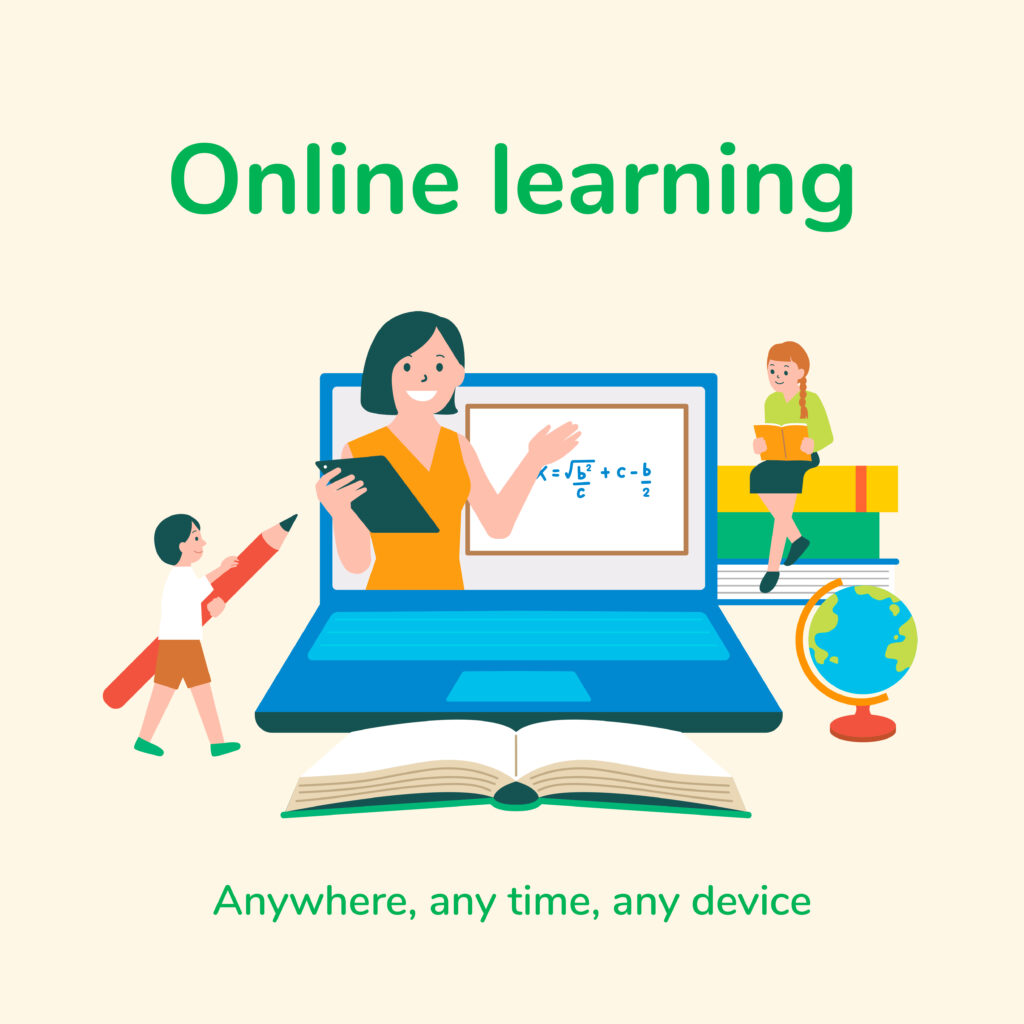EdTech is not Limited to K-12

Not only has the ongoing pandemic changed how K-12 education looks, but also how it functions. The global lockdown of educational institutions has severely disrupted K-12 learning in several ways.
For hundreds of years, education has remained essentially unchanged. In the 1960s, Stanford University professors introduced students to computer programs to practice mathematics and reading in elementary schools.
Today’s EdTech includes online homework submission, video lectures, interactive quiz sessions, mobile learning apps, gamification, virtual reality, and a lot more.
The world over, entrepreneurs are transforming how education is delivered. Edtech is creating a level-playing ground for students irrespective of where they are geographically located. A child from the remotest part of India has the same access to quality learning that a child in a wealthy urban neighborhood has.
The biggest advantage of Edtech is, it enables educational content to be accessed at a student’s time of choice, place of choice, and continue studying at his/her pace of learning.
How does EdTech Help K-12?

As technology makes inroads into the classroom, it promotes collaboration and creates an atmosphere for a more purposeful teacher-student interaction. The learning becomes more individualized.
Here are some significant ways in which EdTech is impacting K-12.
- Improved collaboration through cloud-based tools
- 24-hour access to learning
- Curating of personalized course material
- Enabling intuitive and immersive learning experiences
While some urban schools had the technology and the wherewithal to swiftly switch to an online mode of teaching and learning, many schools lacked the tools they needed to deal with an upheaval that COVID 19 brought about, and the education industry wasn’t prepared for such an event. This led to a spurt in demand for software and hardware solutions to facilitate remote learning.
During the pandemic, for instance, BYJU’s has been leading the way in bringing EdTech solutions to tier2 and tier 3 cities in India to meet the increased demand.
Through technology, BYJU’s helps schools offer individualized, easy-to-learn programs for students from grades 1 through 12. The BYJU’S app was launched in 2015 and included engaging videos, quizzes, one-to-one live tutoring sessions, doubt-resolution mechanisms, and more.
They offer a wide range of courses, including:
- JEE Main
- NCERT
- CAT
- CBSE
- JEE Advanced
- Commerce
- NEET
- ICSE
- CBSE Question Papers
- CBSE Sample Papers
- IAS
- JEE
Candidates appearing for competitive exams and government jobs can now prepare at home and have a flexible self-study schedule as per their convenience. They can read the best books, take advantage of free online classes, solve mock tests and previous year’s question papers that are an integral part of BYJU’s courses.
The first thing a candidate should do is read the eligibility criteria, selection process, and the exam pattern, followed by the syllabus, and based on that, they can start preparing for competitive exams.

The reasons EdTech is not limited to K-12
Educational institutions will continue to invest in technology, audiovisual tools, digital content delivery systems as more of their students will be remote. It will make lectures and lessons more engaging and participative for students and teachers alike.
While EdTech is addressing the learning challenges quite well, the pandemic has had a profound effect on students’ mental health and will continue to do so. Schools and governing bodies will adopt the same new technologies that EdTech offers to help staff identify student concerns, initiate early intervention, and provide timely consultation.





